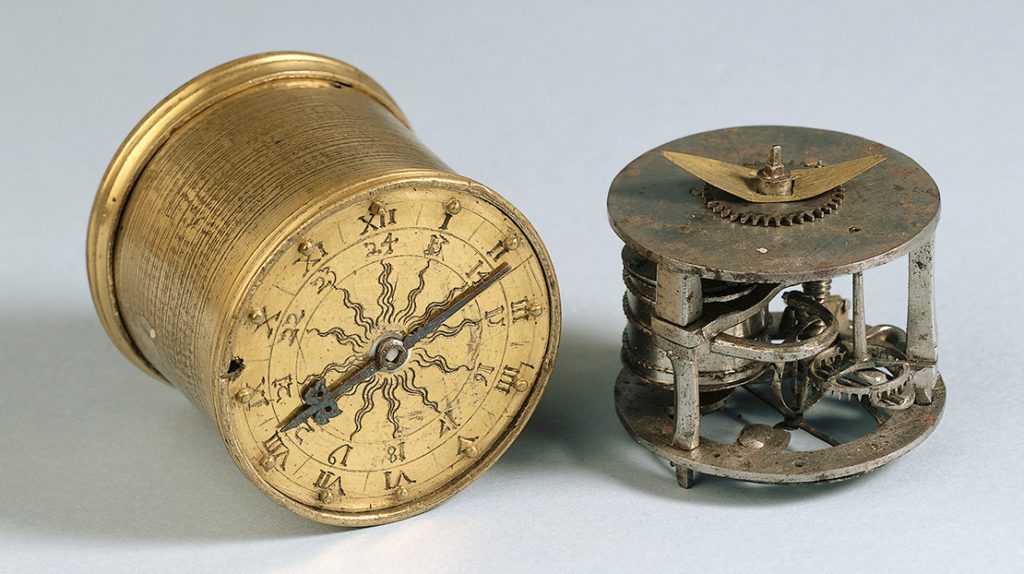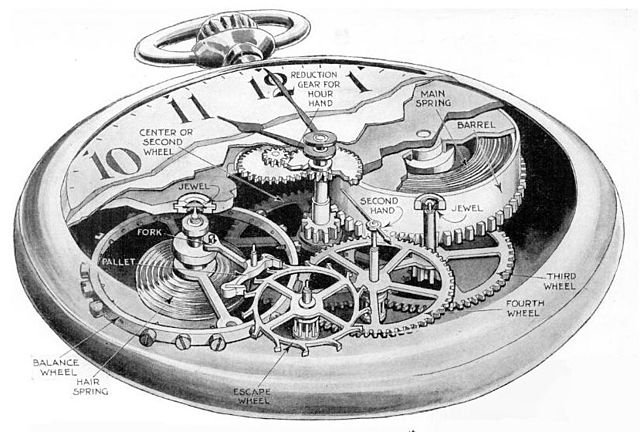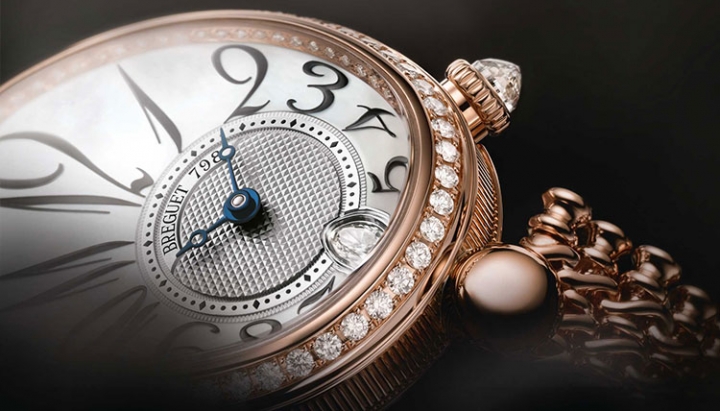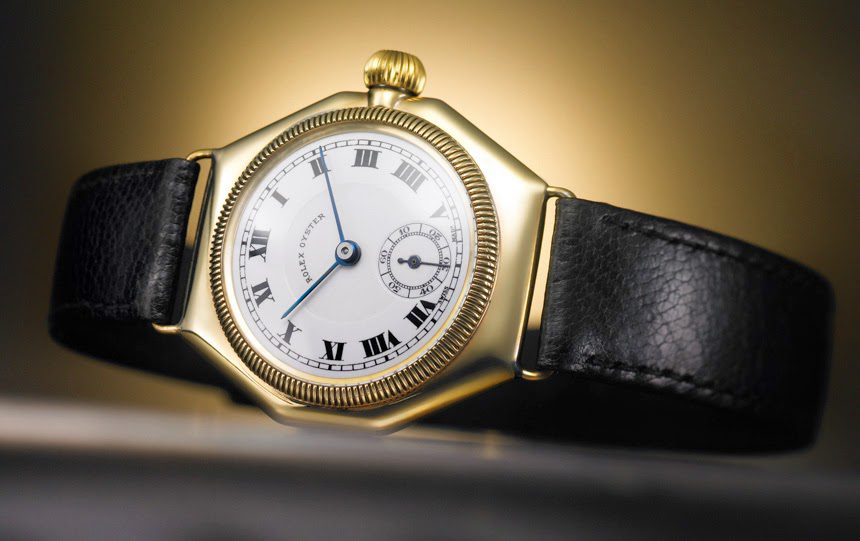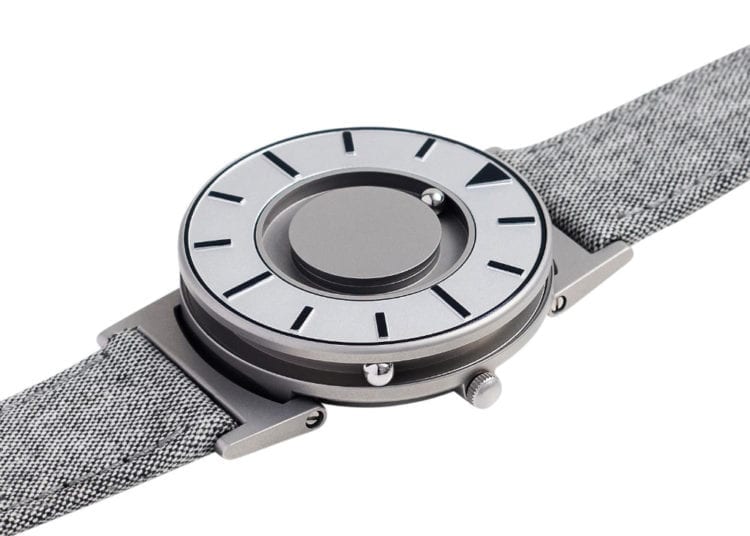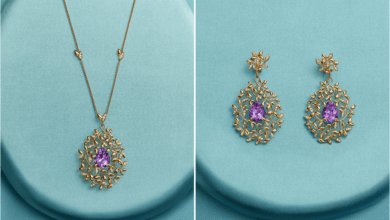The evolution of watches: A brief history
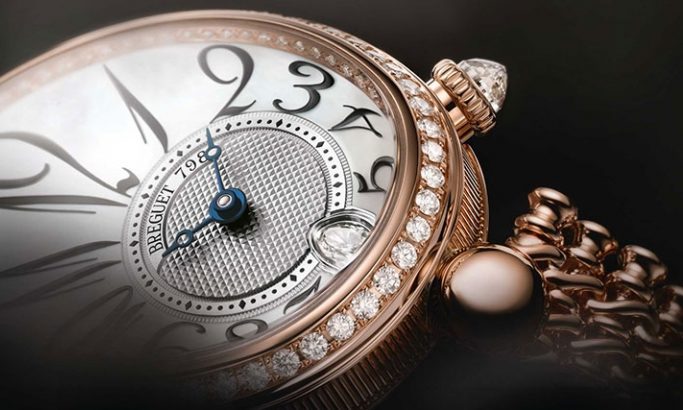
Register to get 1 free article
Reveal the article below by registering for our email newsletter.
Want unlimited access? View Plans
Already have an account? Sign in
Pardon the pun, but watches have certainly changed a lot over time.
While there may remain some controversy as to who the true inventor of the wristwatch really was, watches have become one of the must-have fashion items of the modern age. However, they’ve not always looked as sexy as they do today and, in fact, weren’t even originally designed to be worn on the wrist.
Let’s take a look at where watches first came from and see how they’ve evolved in the years that have followed.
Germanisches Nationalmuseum
1505: First ‘wearable’ watch is created
Nuremberg clockmaker Peter Henlein is often credited as the inventor of the watch, though this remains controversial. Back in 1505, he created what was then known as a ‘clock-watch’ – an ornamental timepiece designed to be fastened to clothing or worn on a chain around the neck.
1541: Say ‘grüezi’ to the Swiss watch industry
More than three decades later, the Swiss watchmaking industry was born after Reformer John Calvin of Geneva banned people from wearing jewellery. As such, Geneva jewellers were forced to learn another craft, and were taught the art of watchmaking by French and Italian refugees.
1574: The pocket watch is born
In one of life’s great mysteries, the first pocket watch was created in 1574 but nobody knows who by. The watch, crafted in bronze, features an engraving of Saint George slaying a dragon on the front, and the crucifixion of Christ on the back.
Govberg
1657: Hooke vs. Huygens
From one of life’s great mysteries to one of life’s great debates, the invention of the balance spring was a pivotal moment in the history of watchmaking. This is because, up to 1657, the accuracy of watches was awful – often out of time by several hours. To this day, opinions remain divided as to who the true inventor of the balance spring was: Robert Hooke or Christiaan Huygens.
1675: Pocket pieces popularised
Coupled with Charles II popularising the waistcoat, the pocket watch grew in stature, with demand for a slender sized portable clock beginning to grow and grow. Later on, when the chain came into fashion, pocket watches fast became the envy of every fashionable male at the time.
1680: Tick-tock
Up to this point, watches only had an hour hand available. In Britain back in 1680, that all changed when the minute hand was first introduced into the design of watches, allowing users to tell the time much more accurately.
 Breguet
Breguet
1812: Watches hit the wrist
It wasn’t until 132 years later before watches met wrists for the first time. Back in 1812, French watchmaker Breguet created what is described as the ‘first wristwatch in horological history’ on the order of Caroline Murat – the queen of Naples at the time. Interestingly though, the watch was believed to have actually been commissioned by Marie Antoinette in 1783, but due to the technology available at the time, it took 44 years to finish. Following her beheading in 1793, the watch was given to Caroline Murat when it was finally completed all those years later.
1904: The wristwatch reaches new heights
Nearly a century later, the first prototype for a man’s wristwatch was created when a pilot called Santos-Dumont asked his friend Louis Cartier to create a watch he could use while flying his aeroplane, the Demoiselle. Before then, it was generally considered feminine for men to have a watch strapped to their wrist.
1914 – 1918: World War Watches
A few years after the Santos-Dumont watch was created, World War I soldiers began to modify their pocket watches by adding straps to them. Many people believe it was this movement which really gave birth to the men’s wristwatches we see today.
 Reef Tiger
Reef Tiger
1926: Watches meet water.
Up to this point, pocket watches had been more of a fashion accessory, but now that wrist watches were becoming more and more popular, they needed to be able to deal with a lot more shock, moisture and dust. In 1926, Rolex introduced the Oyster watch, popularising water-resistant watches for the very first time.
1969: Introducing Quartz
Perhaps the biggest milestone in the evolution of watches was the introduction of quartz. This refined technology, developed via a collaboration between Seiko and Epson, remains largely in use today, and has enabled watch companies to focus on the design, functionality and look of their wristwatches. As a result, wristwatches at the time became a lot cheaper and more accurate at timekeeping, quickly moving them into the mainstream.
Watches & Crystals
1999: Technology takes over
As technological advances continued to grow, watches started to become a lot more technical and sophisticated. Before the turn of the millennium, many brands started to use space-age materials like titanium, silicon and carbon fibre in their watch designs.
2013: Watches get smart
While the first ‘connected watch’ may have actually been developed in the early noughties, it was pretty terrible, and it wasn’t until 2013 before a much-improved alternative – the smartwatch – was released. This allowed users to effectively have a smartphone on their wrist, receiving live data and notifications on the go.
Summary
So, there you have it – a definitive timeline detailing how watches got to where they are today. Where will they go from here? Pardon the pun again, but I guess only time will tell. Watch this space.
By Dakota Murphey


